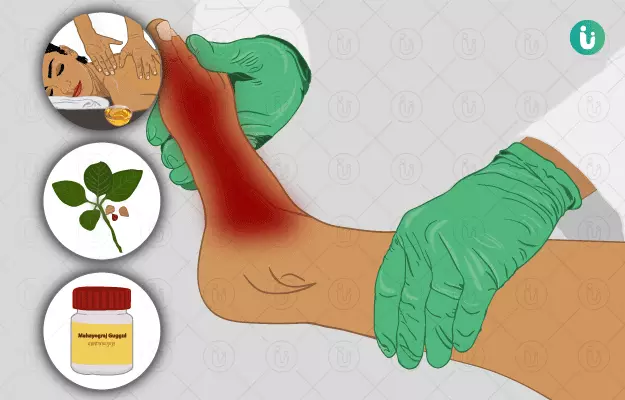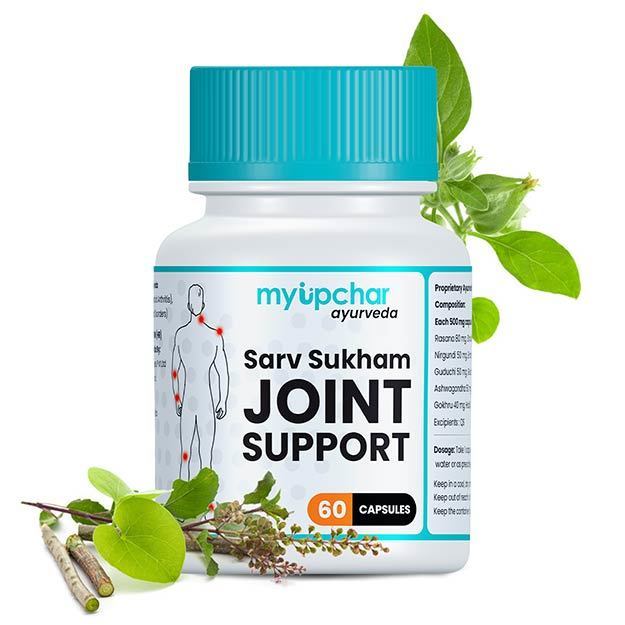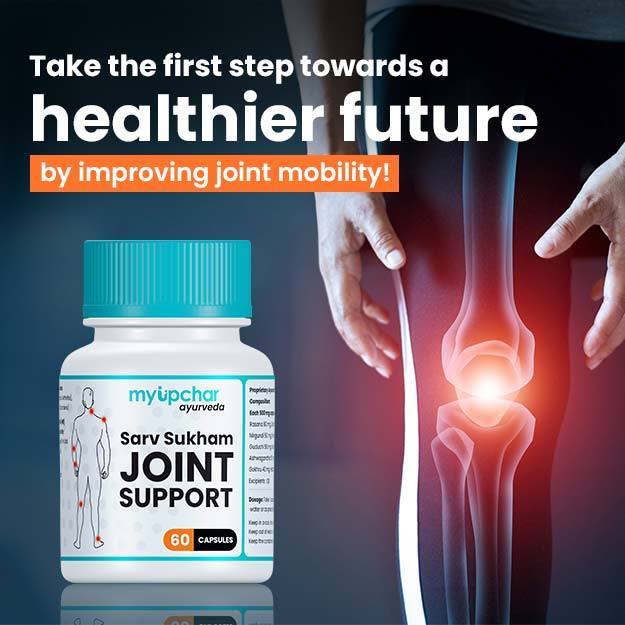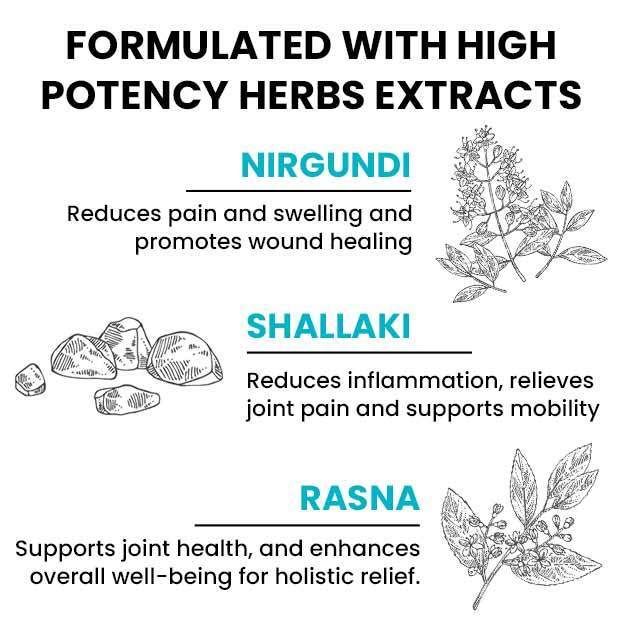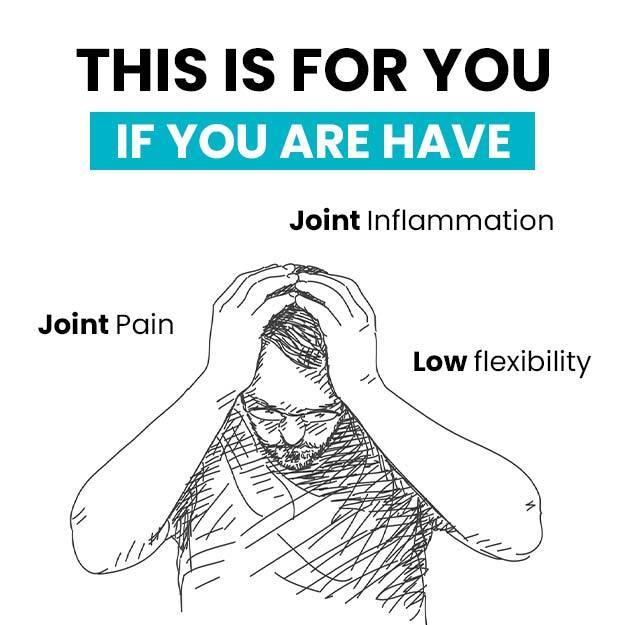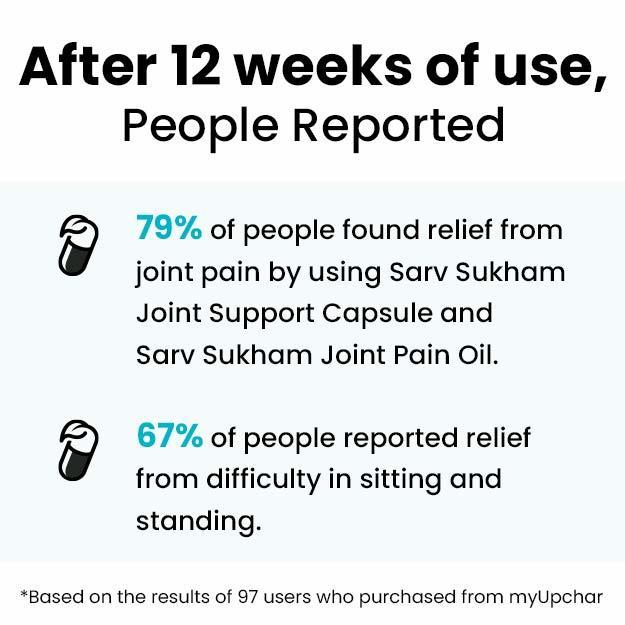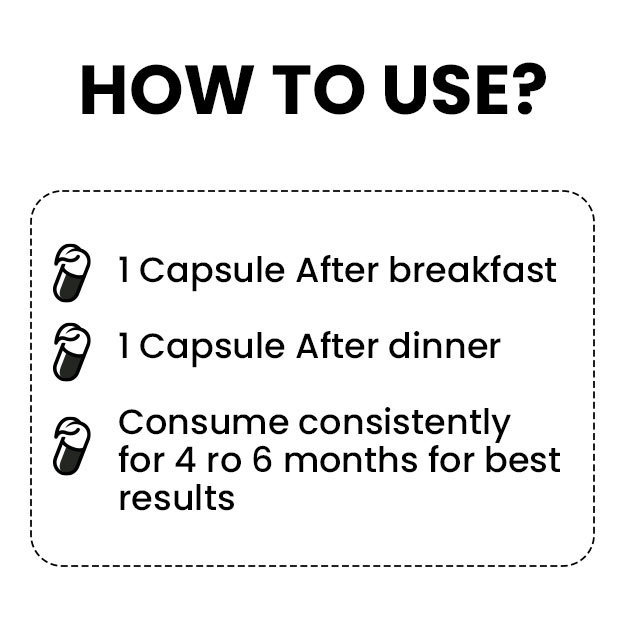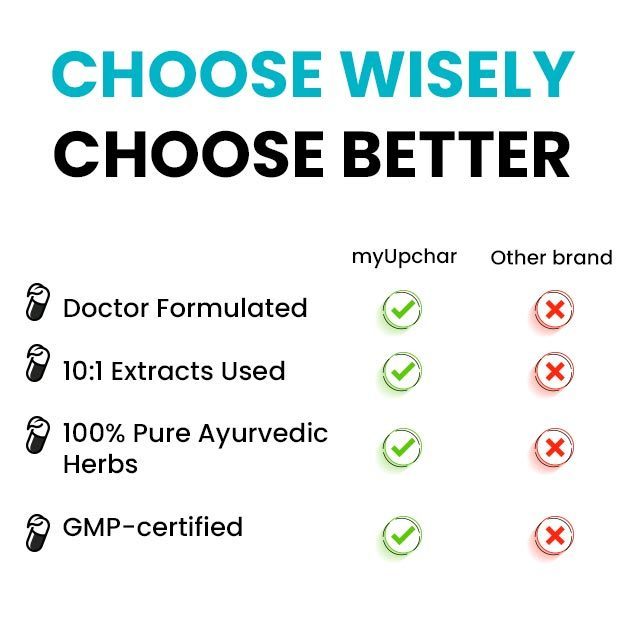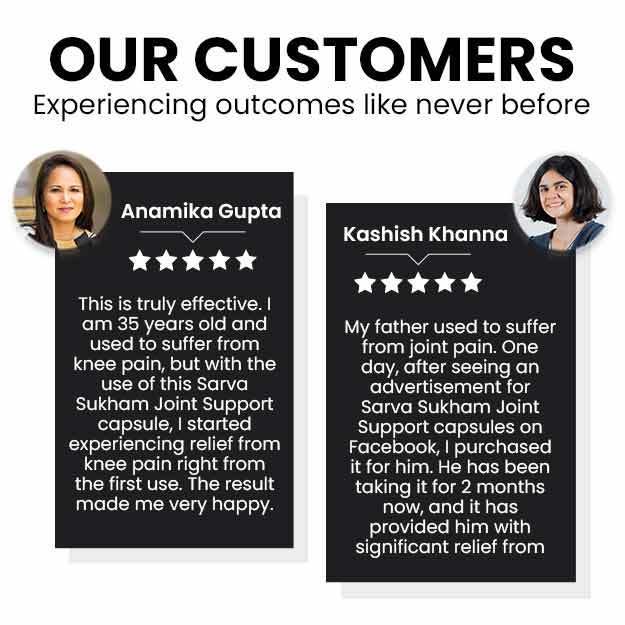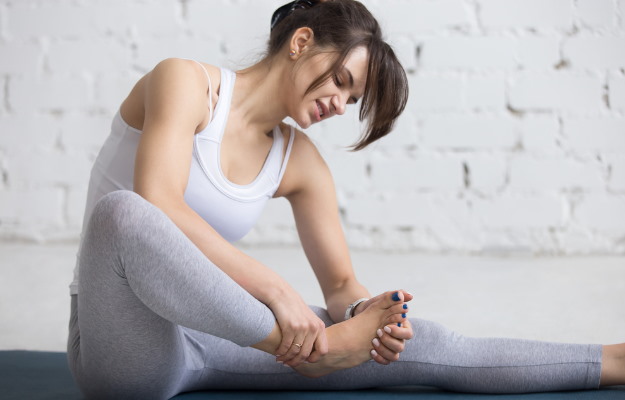Foot pain is a common condition that may affect any part of the feet including heels, toes and ankles. While it may be caused due to sprain and factures, the three most common causes of foot pain are plantar fasciitis (severe heel pain), pain in the ball of the foot and overuse or inflammation in the achilles tendon (the largest tendon in the body that connects the heel bone and calf muscle). Health conditions like gout, osteoarthritis and rheumatoid arthritis are some of the other causative factors of foot pain.
Panchakarma (five therapies) methods of basti (enema), virechana (purgation), snehana (oleation) and abhyanga (oil massage) are useful in reducing foot pain. Herbs like ashwagandha (Indian ginseng) and eranda (castor) along with herbal formulations of mahayogaraja guggulu, maharasnadi kwatha and kaishora guggulu are also used to treat the underlying causes of foot pain.
Including barley, clarified butter and green gram in the daily diet, avoiding sleeping during the daytime, maintaining correct posture, taking warm baths and performing massages can help achieve better and faster recovery from foot pain.
- Ayurvedic view of foot pain
- Ayurvedic treatment for foot pain
- Ayurvedic herbs and medicines for foot pain
- Dietary and lifestyle changes for fever patient as per ayurveda
- How effective are ayurvedic medicines and treatments for foot pain
- Side effects and risks of ayurvedic medicine and treatments for foot pain
- Takeaway
Ayurvedic view of foot pain
Foot pain is known as padashula in Ayurveda. Gridhrasi (sciatica), sandhivata (osteoarthritis), asthisoushirya (osteoporosis), vatarakta (gout) and rheumatoid arthritis are considered to be the major causes of foot pain. It may also occur as an associated symptom of skin disorders such as padadarika (dry soles) due to vitiated vata, kadara (corns) and alasa (athlete’s foot). Ayurvedic herbs, formulations and treatments aim to treat these conditions to reduce foot pain.
Padabhyanga or oil massage of the foot is beneficial for providing some respite from foot pain. According to Ayurveda, maintaining a proper posture can improve the flexibility of joints and reduce pain. Meditation for eliminating stress, taking adequate rest, reducing weight (obesity is one of the causes of foot pain), and avoiding long walks can help an individual recover from foot pain. Yoga plays a vital role in improving circulation and eliminating ama or toxins from the body, thereby contributing to reduced foot pain.
Ayurvedic treatment for foot pain
- Abhyanga
- Abhyanga is an external form of oleation, in which, herbal oils are applied all over the body followed by a massage. This procedure increases immunity and improves blood circulation.
- It strengthens the musculoskeletal system and improves nerve conduction.
- The abhyanga procedure has a rejuvenating effect on the body. It reduces stiffness in body and brings a feeling of lightness.
- This therapy is useful for the treatment of osteoarthritis, sciatica and gout. Therefore, it can reduce foot pain caused due to these conditions.
- Formulations like panchaguna taila, saindhavadi taila and mahamasha taila are used to perform abhyanga in people diagnosed with osteoarthritis.
- Padabhyanga
- Padabhyanga prevents numbness, dryness, fatigue, cracks and roughness in legs.
- It is beneficial in the treatment of sciatica and contraction in ligaments and muscles of legs and feet.
- Performing abhyanga on the feet also improves the tone of the whole body.
- It promotes good sleep and can heal and prevent eye and ear disorders.
- This procedure gives the best results when performed before bedtime with warm sesame oil.
- Virechana
- Virechana karma is mainly used to eliminate excess pitta from the body through the rectal route. It is indicated for the treatment of chronic jaundice, insanity, gastrointestinal conditions, skin disorders and asthma.
- Warm or hot liquids, meat soups and fatty foods are administered to before giving this therapy.
- Choice and dosage of herbs used for purgation are decided on the basis of the disease to be treated and nature of the herb.
- Virechana is effective in reducing foot pain caused due to sciatica and gout.
- Mridu virechana and snigdha virechana procedures are used to treat sandhi vata.
- Basti
- Basti is a panchakarma procedure, in which, medicated decoctions, oils and pastes are given to an individual via the rectal route.
- Rasna (Indian camphorweed), vacha (calamus), kutaja (kurchi) and devadaru (Himalayan cedar) are some of the common herbs used for this therapy.
- Basti may be done with a decoction-based enema or an oil-based enema.
- This therapy is used to treat many conditions like urogenital disorders, paralytic conditions, lithiasis, helminthiasis and convulsions.
- Basti karma affects the neuromuscular system, and it is effective in the management of gout and sciatica.
- Niruha basti is recommended for the treatment of osteoarthritis, and vaitarna and kshara basti are advisable for treating rheumatoid arthritis.
- Snehana
- Snehana therapy involves either internal or external lubrication of body to mobilise and eliminate the accumulated wastes.
- Oleation is performed via the nasal, oral or topical routes.
- This therapy is helpful in people with aggravated vata and is mainly used to treat skin problems.
- Snehana therapy is also indicated for sciatica, gout, osteoarthritis and rheumatoid arthritis. Therefore, it can help alleviate the foot pain caused due to these conditions.
Ayurvedic herbs and medicines for foot pain
Ayurvedic herbs for foot pain
- Eranda
- Castor is a natural analgesic and purgative, which helps in relieving joint pain when applied topically.
- A decoction of castor seeds is known to be beneficial in treating sciatica and lumbago.
- Eranda has kapha and vata shamaka (vata- and kapha-pacifying) properties, which makes it effective for the treatment of rheumatoid arthritis.
- It is also used to treat osteoarthritis and articular rheumatism.
- You can use eranda in the form of a poultice, paste, decoction, infusion or as per your physician’s direction.
- Ashwagandha
- Ashwagandha acts on the nervous system and has sedative and nervine properties. Being an anti-inflammatory herb, it is used for relieving pain and swelling.
- It rejuvenates the body and boosts the immune system.
- This herb is used to treat muscle energy loss, general debility, rheumatism, fatigue, swollen glands, tissue deficiency, rheumatic swellings and sciatica.
- You can take ashwagandha in the form of a churna (powder), decoction, oil, herbal wine or as per your physician’s direction.
Relieve joint pain naturally with Ashwagandha.Order now for comfort and improved joint health.Urjas Ashwagandha Tablet by myUpchar Ayurveda Experience the soothing benefits today!
- Nirgundi (five-leaved chaste tree)
- Nirgundi acts on the marrow and nervous tissue. It has a bitter and astringent taste with pain-relieving, aromatic, nervine and tonic properties.
- Topical application of nirgundi leaves provides relief from acute rheumatism and joint swellings.
- Nirgundi is also indicated for osteoarthritis treatment. Thus, it can alleviate foot pain caused due to these conditions.
- It helps heal sprains, swelling, irritable bladder, headaches and sores.
- You can take nirgundi in the form of a poultice, decoction, tincture, paste with honey, powder or as per your physician’s direction.
- Shunthi (dried ginger)
- Shunthi has digestive, nervine, stimulant, aromatic and pain-relieving properties, and it mainly works on the respiratory and digestive systems.
- Ginger is known as a universal medicine due to its multiple healing properties.
- It is beneficial for people with arthritis, asthma, constipation and heart conditions.
- Ginger reduces kapha when it is taken with honey and when taken with rock salt, it reduces vata.
- As shunthi is indicated in the treatment of osteoarthritis, sciatica and rheumatoid arthritis, it can provide relief from foot pain caused due to these conditions.
- You can take shunthi in the form of a pill, decoction, paste, infusion or as per your physician’s direction.
- Rasna
- Rasna is used as a rasayana or tonic and it is considered to be useful in treating vata diseases which affect the nervous system.
- It has laxative, fever-reducing, nervine tonic and relaxant properties.
- The anti-arthritic property of rasna makes it effective for the treatment of osteoarthritis, rheumatoid arthritis and allied conditions.
- Rasna guggulu is used for shamana (pacification) therapy and is given orally for the treatment of sciatica.
Ayurvedic medicines for foot pain
- Mahayogaraja guggulu
- Mahayogaraja guggulu is prepared from shunthi, pippalimoola (root of long pepper), chitraka (leadwort), jiraka (cumin), hingu (asafoetida), pippali (long pepper), triphala (a combination of amalaki [Indian gooseberry], vibhitaki [belleric myrobalan], and haritaki [chebulic myrobalan]), vacha, ativisha (Indian atees), guggulu (Indian bdellium-tree) and various other herbs.
- This medicine is indicated in conditions such as vatavyadhi (diseases caused due to the aggravation of vata), and pakshaghat (paralysis).
- It also helps reduce foot pain caused due to sandhivata.
- Maharasnadi kwatha
- Guduchi (heart-leaved moonseed), eranda, vacha, ashwagandha, ativisha, gokshura (small caltrops) and bala (country mallow) are a few of the herbs used in the formulation of maharasnadi kwatha.
- This medicine is indicated for sciatica, hemiplegia, sandhivata and other rheumatic diseases. Therefore, it can reduce foot pain caused due to these conditions.
- It provides relief from numbness, hernia and lassitude as well.
- Kaishora guggulu
- Kaishora guggulu is a combination of 18 herbs including guduchi, trikatu (a combination of the three acrids – pippali, shunthi and maricha [black pepper]), triphala, cow ghee (clarified butter) and vidanga (false black pepper).
- This medicine is used to treat skin conditions such as sores and foot corns.
- It can also alleviate foot pain in people diagnosed with chronic wounds, rheumatoid arthritis and chronic arthritis.
- Muktashukti bhasma
- Muktashukti bhasma is prepared from shell and pearl ashes. This medicine is used to bring back the balance between pitta and vata dosha.
- It nourishes the asthi, mamsa and rakta dhatus, thereby promoting strength.
- It is primarily indicated for osteoporosis treatment but also provides relief from headache, sunstroke and burning sensations in body.
As treatments vary according to numerous factors and an individual’s prakriti (constitution), consult a qualified Ayurvedic doctor for the appropriate medications and treatments for your specific complaints.
Dietary and lifestyle changes for fever patient as per ayurveda
Do’s
- Include sali rice, white gourd, ginger, ghee, kushmanda (wax gourd), pigeon peas, wheat, lady finger, rasonam (garlic), mangoes, dried ginger, kulattha (horse gram), radish, onion, grapes and green gram in your daily diet.
- Exclude sour, hot, heavy, salty, astringent and pungent foods from your diet.
- Quit smoking and drinking alcohol. (Read more: Effects of alcohol on the body)
- Maintain proper posture.
- Perform abhyanga and take warm water bath.
Don’ts
- Do not consume raw foods, green leafy vegetables, white flour, vinegar, chilled soft drinks, curd and cold water.
- Do not drink excess coffee.
- Do not suppress your natural urges such as urinating and evacuating bowels.
- Do not sleep during the day.
- Do not sleep late, walk excessively or do excess physical activities.
- Avoid exposure to cold temperatures.
How effective are ayurvedic medicines and treatments for foot pain
In a study conducted among 30 patients experiencing foot pain with anaemia, basti therapy was performed using 60 mL panchatikta ghrita for 30 days. After 30 days, all the patients reported significant relief from foot pain.
Side effects and risks of ayurvedic medicine and treatments for foot pain
- Pregnant women, old people, children and people with weakness and fatigue should not undergo purgation therapy. Purgation should not be performed in those diagnosed with diarrhoea, a prolapsed rectum or bleeding conditions in the lower body parts. Excess purgation during virechana can cause syncope and drowsiness.
- People with intestinal obstruction, anaemia, cholera, or inflammation in the anus should not undergo basti therapy.
- People with jaundice, kidney and bile duct diseases and intestinal infections should not consume eranda.
- Ashwagandha is not recommended in case of congestion.
Takeaway
Foot pain can be the result of an injury, sprain or health conditions like rheumatoid arthritis and gout. If not treated on time, the pain can become distressing and hinder daily activities. Conventional topical applications and oral medications alleviate pain; however, they may cause some allergies or side effects.
Ayurvedic treatment of foot pain comprises administration of natural herbs and formulations to heal the underlying condition and provide respite from the discomfort and pain. Panchakarma methods provide relief to the affected region as well as improve blood circulation in the entire body, thereby promoting good health.
Along with the treatment, healthy changes in lifestyle and diet help in a quicker and more effective recovery. It also helps maintain strength and immunity.
Find Ayurvedic Doctor in cities
Doctors for Ayurvedic medicine, treatment and remedies for Foot Pain

Dr. Ayush Bansal
Ayurveda
2 Years of Experience

Dr. Megha Sugandh
Ayurveda
6 Years of Experience

Dr. Nadeem
Ayurveda
3 Years of Experience

Dr.Ashok Pipaliya
Ayurveda
12 Years of Experience
References
- Johns Hopkins Medicine [Internet]. The Johns Hopkins University, The Johns Hopkins Hospital, and Johns Hopkins Health System; Foot Pain and Problems
- Institute of Panchakarma & Research. Gout. Telangana, (India). [Internet]
- Dr. Madhavi Nagrare, Dr. Swapnil Singhai. Ayurvedic Prospects To Sciatica. World Journal Of Pharmaceutical And Medical Research, 2017,3(8), 113-116.
- Ministry of AYUSH, Govt. of India. Essential Drugs List of Ayurveda Siddha Unani and Homeopathy. [Internet]
- Ramteke R. Case Report Open Access Management of Rheumatoid Arthritis through Ayurveda. Journal of Traditional Medicine & Clinical Naturopathy, 2016.
- Manisha R Sharma. Multimodal Ayurvedic management for Sandhigatavata (Osteoarthritis of knee joints). An International Quarterly Journal of Research in Ayurveda, Volume : 34 Issue : 1, 2013.
- Nishant Singh. Panchakarma: Cleaning and Rejuvenation Therapy for Curing the Diseases. Journal of Pharmacognosy and Phytochemistry, Vol. 1 No. 2 2012.
- Rajiv Gandhi Government Post Graduate Ayurvedic College. Kayachikitsa. Paprola, Himachal Pradesh. [Internet].
- Pooja Srivastava, Karuna Shanker. Pluchea lanceolata (Rasana): Chemical and biological potential of Rasayana herb used in traditional system of medicine. Central Institute of Medicinal and Aromatic Plants, Volume 83, Issue 8, December 2012, Pages 1371-1385.
- Oushadhi. Kashaya Choornam & Sookshma Choornam . Govt of Kerala. [Internet]
- Oushadhi. Gulika & Tablets. Govt of Kerala. [Internet]
- Rani Khushboo, Kumari Rinku, Gujjarwar Vidula. Osteoporosis With Tikta Ksheer Basti Chikitsa-A Case Study. Ayushdhara, May - June 2018 Vol 5, ssue 3.
- Sanjeev Rastogi. Ayurvedic PG education and Panchakarma. An International Quarterly Journal of Research in Ayurveda, Volume : 34, Issue : 1, 2013
- Dr. Arvind Sarjerao Kudale. Efficacy Of Mandurbhasma And Panchatikta Ghrita Matra Basti In Panduroga. International Journal in Management and Social Science. Vol.03 Issue-09 (September, 2015).

